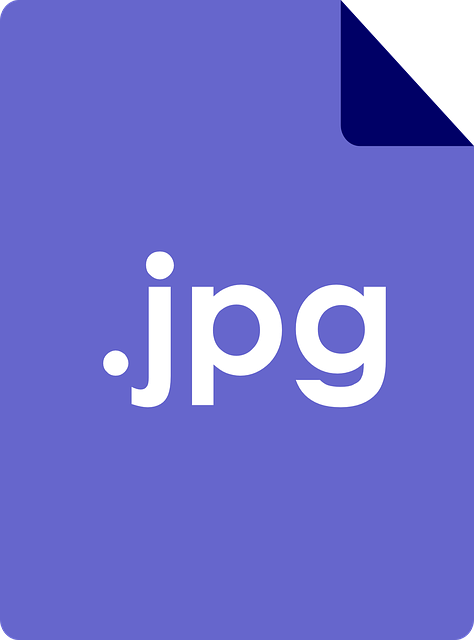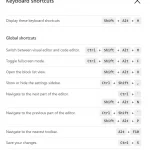PDFs and JPEGs are two different ways your computer can save your work. A good rule of thumb is that if you have a document that uses a lot of colors, vector graphics, or photographs – use a JPEG. If it’s just text or has a few images – use a PDF.
Table of Contents
Data Storage
The difference between the two formats is where they store data (on the page vs. in an image). Whenever you create something on the computer, there will be one format for saving it as well as another way to view it on screen.
For example, when you’re editing photos on Photoshop, the information about what colors to use will first be saved into an image file before being written onto paper later on – this means that every photo saves as both a JPEG and a TIFF file.
PDFs store all the text, fonts, and graphics information on each page as it appears on-screen; this means that if you open a PDF in a text editor, you can see everything exactly as it looks in the document.
JPEGs work differently in that they save all the information about the color, but they only save every few pages (the number of images per screen varies depending on your screen size).
File Format
The file format is simply how the data is written onto the storage.
A PDF’s file format is Portable Document Format; this means that anyone with a computer can open it as long as they have Adobe Reader (which comes free with most computers) installed. This also means that you can edit anything you want in your document — change typefaces, resize text boxes or delete whole sections. You could even copy and paste entire other documents into yours!
Since PDFs store everything about the typeface and graphics on each page, if you make any changes to one thing on a page, every instance on every page will change.
A JPEG file is a Joint Photographic Experts Group; this means that it stores data in a more efficient way (similar to how ZIP files work), and it’s not meant for editing or adding information to.
File Size
The size of the two formats depends on how much data is being saved – the more colors, graphics, or text- the larger the file size.
A JPEG file will be much smaller because it only has one photo per screen. A PDF will have all the fonts, images, and text on each page so if you have a lot of imagery or graphics in your project, you could save hundreds of pages under 1MB. This is also why you should use a program like Microsoft Word or Adobe InDesign to create your documents- these are programs specifically made for writing words onto paper/monitor which means they’re better at spacing, storing information about what typeface to use, etc.
These are just some tips that may help you figure out what file format you want to use! You can download free readers online by searching “reader” followed by the name of the web browser you use – for example, “Adobe Reader for Chrome.” If you’re ever unsure about which format to save your work in, PDF is always a safe bet!
PDFs and JPEGs are two different ways your computer can save your work. A good rule of thumb is that if you have a document that uses colors, vector graphics, or photographs, use a JPEG. If it’s just text or has a few images, use a PDF.


